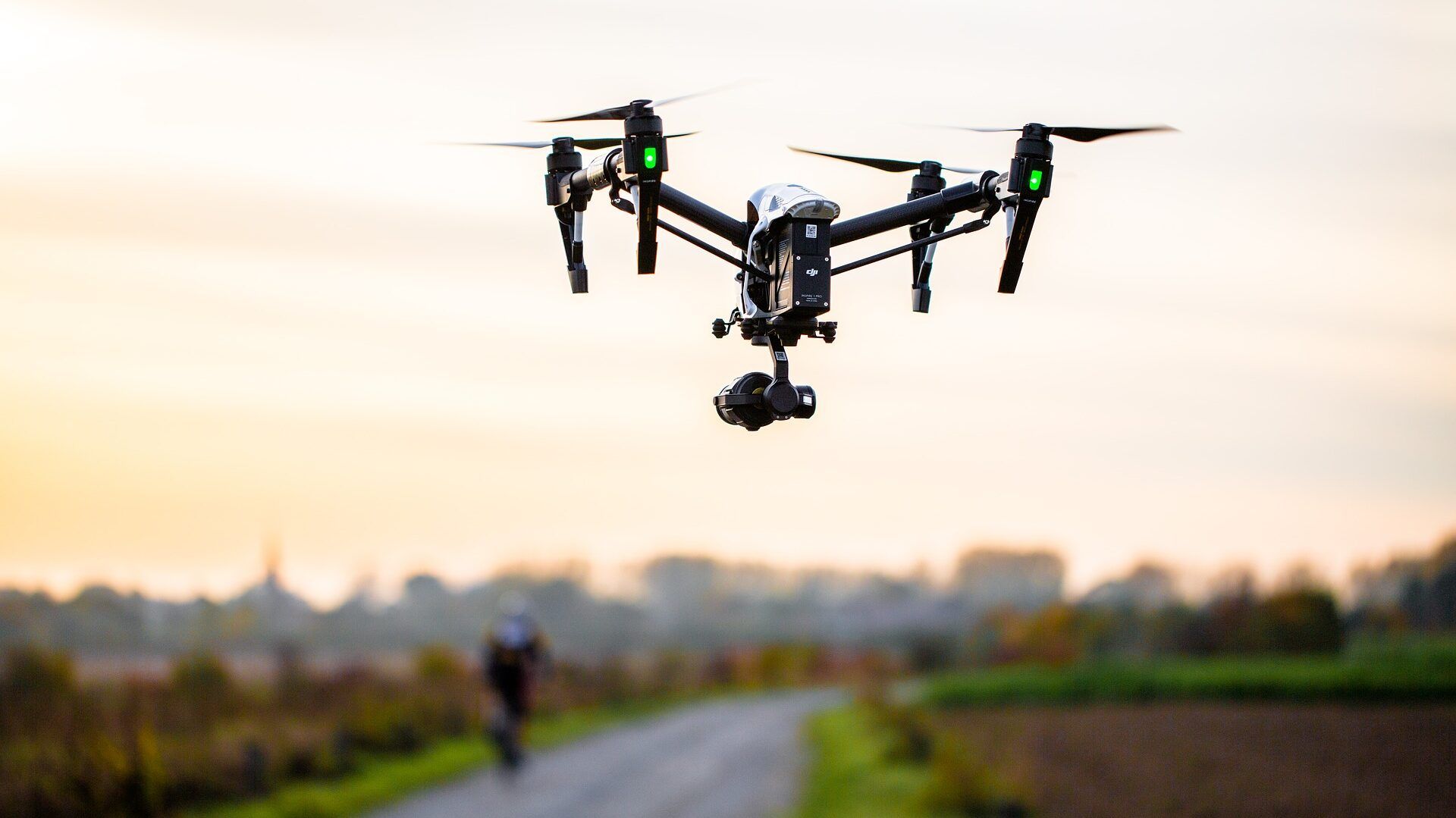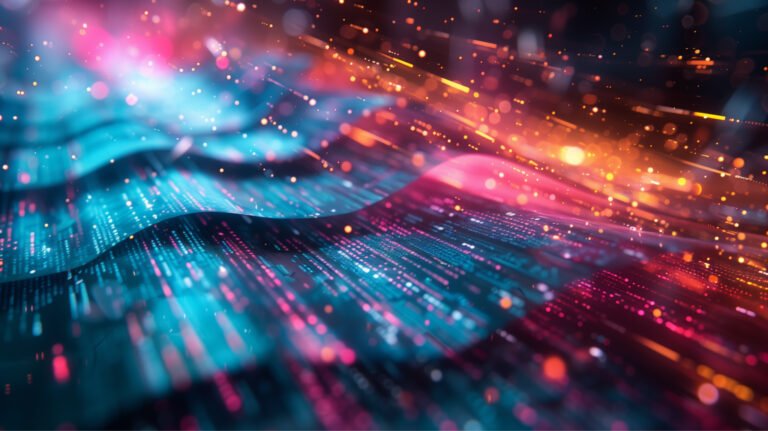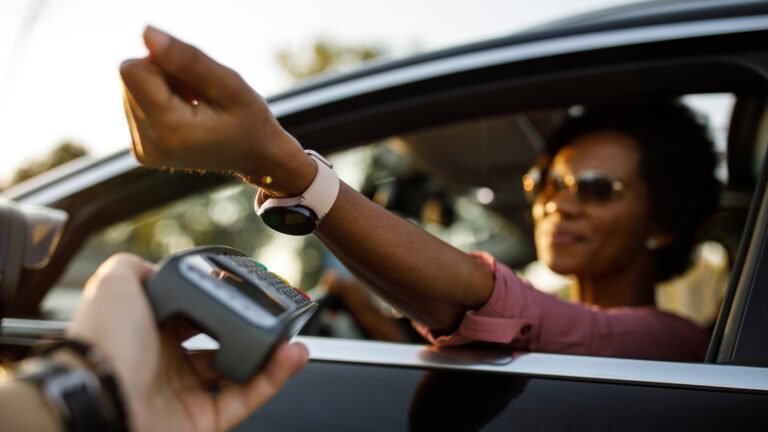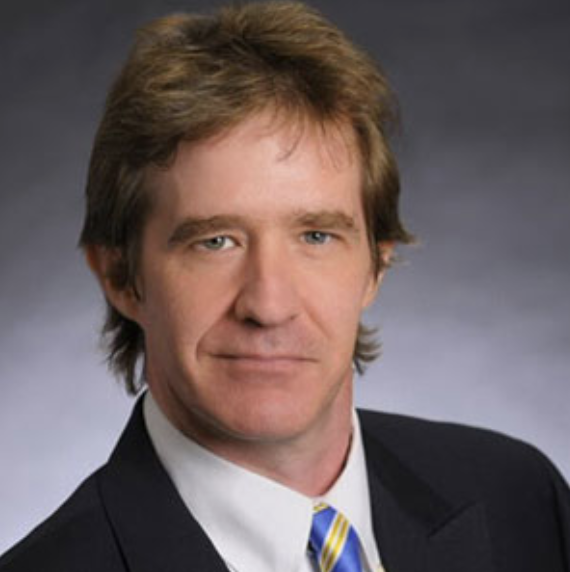
George Floyd’s recent death while in police custody has generated a rash of protests around the world, raising questions about the nature of policing and the police’s role in society. The ensuing (and, at time of writing, ongoing) marches, demonstrations, and encounters between protesters and police have been endlessly covered, dissected, and debated by news outlets large and small.
One marginal – but no less important – area of debate involves law enforcement’s use of technology during the protests and at-large. Voices on both sides of the political aisle have expressed trepidation about the use of drones and other high-tech surveillance techniques to monitor peaceful protests, as federal officials crack down on what Attorney General William Barr characterized as “violent radical agitators.”
The Wall Street Journal reports that the nonpartisan research group, Project on Government Oversight, spotted a U.S. Customs and Border Protection Agency (CBP)-operated drone “flying over protests in Minneapolis on May 29.” The drone was one of several surveillance flights that 30 Democrats cited in a subsequent letter to law enforcement agencies, which also included instances of aircraft with “infrared and electro-optical cameras… equipment that can collect cell phone location data… [and] drones that collected and disseminated live video feeds” in Washington DC, Las Vegas, San Antonio, and Detroit.
Democratic politicians are joined by some conservatives, including Billy Easley II, a senior policy analyst for libertarian-leaning political advocacy group Americans for Prosperity, in voicing unease at the prospect of the government monitoring First Amendment expressions. “Drones should not be used by the government to monitor or collect data on First Amendment activity,” said Easley II. “They should only be used when there is a threat to life or property, and the federal government should be transparent about the circumstances of their use.”
Technology, Transparency, and Law Enforcement
According to the report, the CBP confirmed that the agency flew a Predator over Minneapolis, but disputed the claim in the congressional letter that drones were flown over Detroit and San Antonio. An agency spokesperson said footage “is shared with local law enforcement to determine the size and movements of protests… [not] identify individual protesters,” while another CBP official said the images provide ‘situational awareness’ for use by law enforcement.
Joseph D. Kernan, the Undersecretary of Defense for Intelligence and Security at the Pentagon, told lawmakers that “the nation’s military intelligence agencies did not spy on American protesters during the wave of nationwide demonstrations against the police killings of African-Americans,” but did have an obligation to monitor potential “foreign interference in American domestic political affairs.” Kernan also reaffirmed that he had not been asked by anyone in the administration or the Department of Defense to undertake any unlawful or inappropriate intelligence activities that could violate civil liberties in association with the domestic civil disturbances, and multiple intelligence group heads have “‘personally assured me they have not received or made any such requests’ to spy on Americans.”
Concerns persist, however, about how law enforcement uses the technology they have access to. The congressional letter cites a Pew Research poll indicating “seven in ten Americans believe the government surveils their phone calls and emails,” as well as another Pew report from November 2019 indicating “nearly two-thirds of Americans said they were concerned about how the government collects and uses data about citizens.”
The lack of insight into use of collected data is, naturally, a prominent concern for activists and privacy advocates. Brandi Collins-Dexter, a senior campaign director for racial justice advocacy organization Color of Change, told CNBC that “we don’t know what happens to the data, we don’t always know where it’s collected from.” Dave Maass, a senior investigative researcher at digital rights nonprofit the Electronic Frontier Foundation, said in an interview with the same news outlet that “we will not know the full extent of surveillance being used on these protests for potentially months, if not years, if not decades… if you look back in history, being nonviolent and not doing anything wrong isn’t any form of protection from persecution.”
Current events have caused some technology companies to reevaluate the part they play in developing and making available certain technologies to law enforcement organizations. Facial recognition AI tools have faced scrutiny from researchers over racial bias, and IBM, Amazon, and Microsoft all announced suspensions from providing these tools to law enforcement for various reasons and lengths of time. Other companies, including “giant in location tracking” Foursquare, have decided “not to provide client analytics on data from the recent protests” until the legislative landscape regarding data privacy clarifies itself.
What Happens Next
New technologies raise new questions – and new gray areas. In 2018, the nonpartisan Police Foundation, which was founded to help the police be more effective in doing their job, published a blog indicating that “challenges that existing and emerging technology pose to police leaders… can best be addressed by developing and using a digital ethics framework and a set of guiding principles that help create digital trust.” That framework has yet to be codified into legislation by lawmakers, and the resulting opacity regarding technology use by police has showed no signs of abating.







